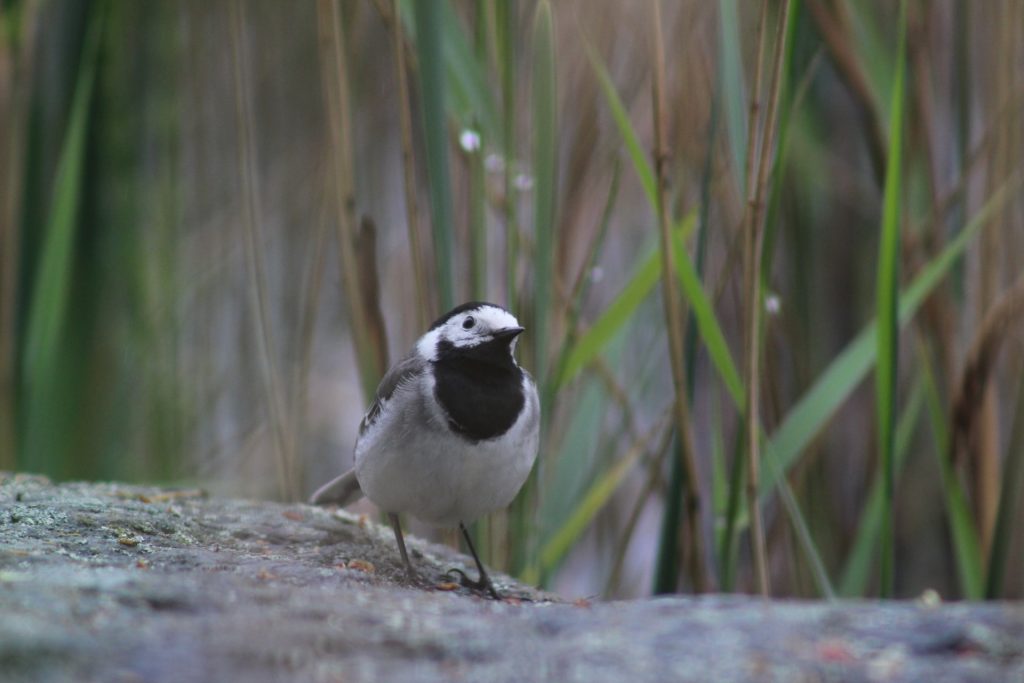A team of researchers from Yale University has launched a new map of places where life has yet to be discovered. They did this in less than a decade after unveiling the “Map of Life”, which is a global database that marks the distribution of known species across the planet.
Walter Jetz, a professor at Yale University spearheaded the Map of Life. This new effort is a moral imperative that can help support biodiversity discovery and preservation around the world. Jetz said that with the current pace of global environmental change, many species can go extinct before we even can know about them.
The lead author of the study Mario Moura said that the study shifts our focus from “How many species are yet to be identified?” to “Where and what?”.
These unknown species are those which are left out of conservation planning, management, and decision-making. Finding the missing pieces of the Earth’s biodiversity puzzle is therefore crucial to improve biodiversity conservation worldwide.
According to statistics, about 10-20% of species on Earth were described formally.
So, the team compiled exhaustive data that included the location, geographical range, historical discovery dates, and other environmental and biological characteristics of about 32,000 known terrestrial vertebrates. The analysis helped them to extrapolate the where and what kinds of unknown species of the four main vertebrate groups, and these are yet to be identified.
They published the new map of undiscovered species March 22 in the journal Nature Ecology & Evolution.
They studied 11 key factors which helped them better predict the location of these undiscovered species. Large animals with wide geographical ranges in populated areas are more likely to have already been discovered. New discoveries of such species are likely to be rare in the future. However, smaller animals with limited ranges who live in more inaccessible regions are more likely to have avoided detection so far.
The results show that the chance of new species discovery varies across the globe. Their analysis suggests that Brazil, Indonesia, Madagascar, and Colombia hold the greatest opportunities for identifying new species overall. Unidentified species of amphibians and reptiles are most likely to turn up in neotropical regions and Indo-Malayan forests.
Moura and Jetz also studied another key variable in finding the missing species which is the number of taxonomists who are looking for them. Moura explained that there was a need for funding for taxonomists in order to find the remaining undiscovered species. Proper uniform distribution of taxonomic resources helps faster finding these species and limits the number of forever unknown extinctions.
With partners worldwide, Jetz and colleagues plan to expand their map of undiscovered life to plant, marine, and invertebrate species in the coming years. Such information will help governments and science institutions grapple with where to concentrate efforts on documenting and preserving biodiversity.
Journal Reference:
Mario R. Moura, Walter Jetz. Shortfalls and opportunities in terrestrial vertebrate species discovery. Nature Ecology & Evolution, 2021; DOI: 10.1038/s41559-021-01411-5

